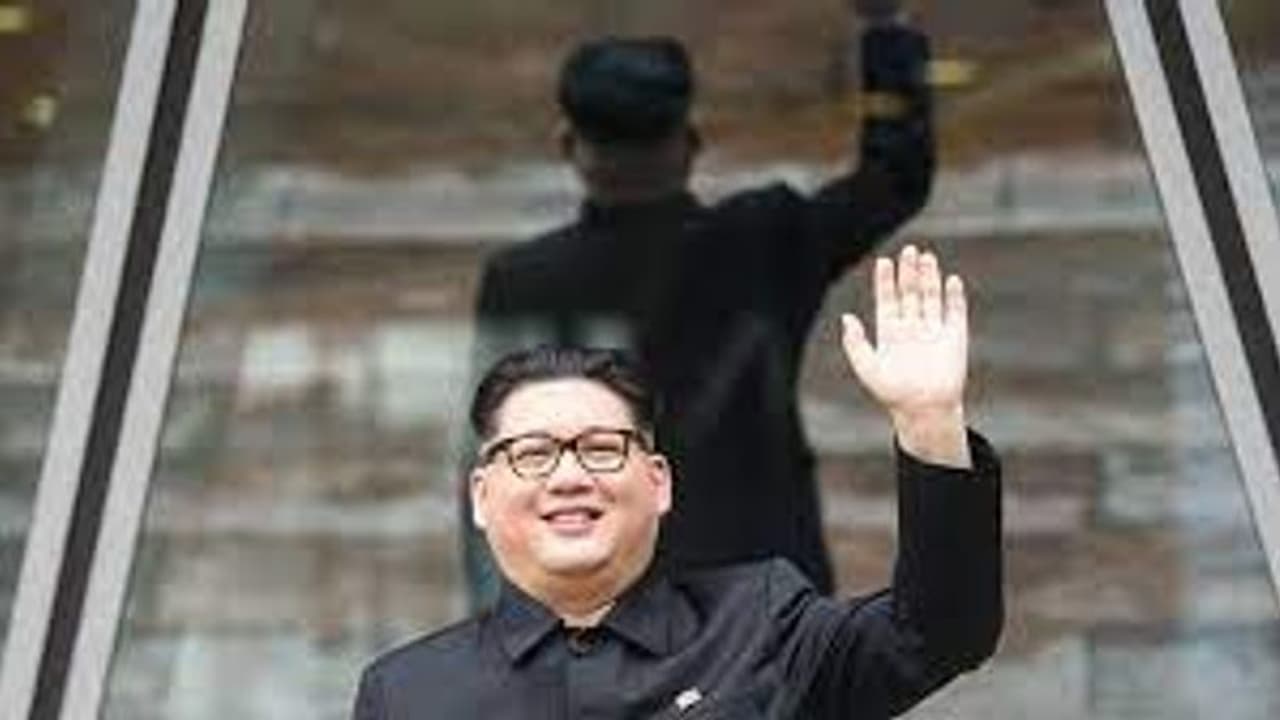According to Japanese authorities, the missile is a "new type" of ICBM that travelled for around 71 minutes and covered a range of 1,100 kilometres or 684 miles from the point of launch. At 3:44 p.m. (0644 GMT), the missile fell in Japan's exclusive economic zone (EEZ), some 170 kilometres (106 miles) west of the northern prefecture of Aomori.
North Korea test-fired what is thought to be its biggest intercontinental ballistic missile (ICBM) ever on Thursday. This was announced by the armies of Japan and South Korea, and it marks the end of Pyongyang's ban on long-range missile testing.

According to Japanese authorities, the missile is a "new type" of ICBM that travelled for around 71 minutes and covered a range of 1,100 kilometres or 684 miles from the point of launch. At 3:44 p.m. (0644 GMT), the missile fell in Japan's exclusive economic zone (EEZ), some 170 kilometres (106 miles) west of the northern prefecture of Aomori.
According to Japanese officials, the missile reached a height of almost 6,000 kilometres during Thursday's test. The South Korean Joint Chiefs of Staff, on the other hand, stated that the missile could reach a maximum height of 6,200 kilometres and have a range of 1,080 kms. When North Korea last tested an ICBM nearly five years ago, in 2017, the Hwasong-15 missile flew for 53 minutes, reaching an altitude of around 4,475km and a range of 950km.
The launch of a missile today represents a watershed moment in North Korea's weapons development programme, indicating the country's potential to deliver nuclear bombs anywhere in the United States. The test further complicates the geopolitical position for President Joe Biden, who is currently dealing with Russia's invasion of Ukraine. The North's missile launch also puts its neighbours and neighbouring countries in a precarious position, particularly South Korea and Japan.
South Korean deputy national security advisor Suh Choo-suk described the test as "a obvious breach of UN Security Council resolutions, as well as a reversal of the moratorium on ICBM launches that North Korea had promised the international community." According to the South Korean JCS, the missile was shot from a location near Sunan, which is home to Pyongyang's international airport.
Also Read | Kh-47M2 Kinzhal, the hypersonic missile Russia used in Ukraine
Also Read | India tests extended-range Brahmos missile from Andaman
